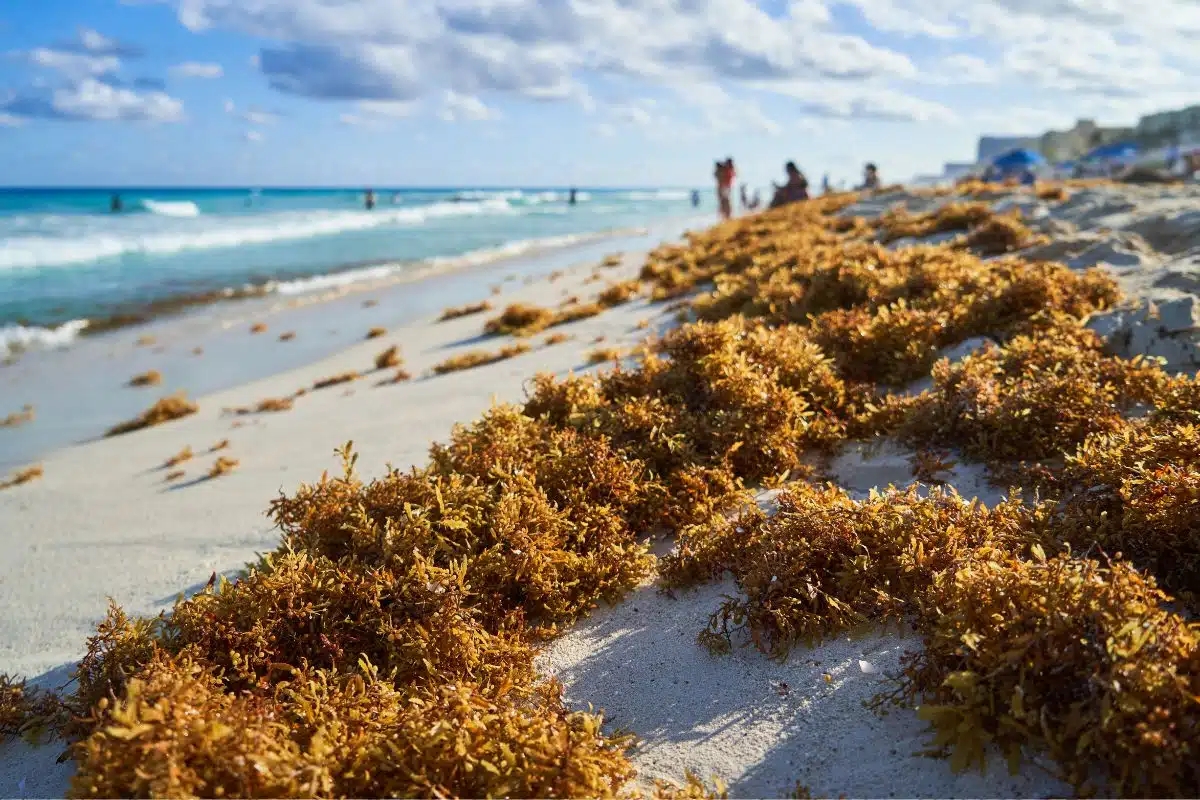This season, sargassum has been found in unprecedented numbers on Florida’s shores. Locals and tourists are concerned. Visit Florida, Florida’s official tourism promotion corporation, has created sargassum resources to ease any fears.
There are two links that you can use to find sargassum resources: National Oceanic and Atmospheric Administration Sargassum Reports and Florida Department of Health fact sheet.
The tourism agency is also working with state agencies to provide inland activities to impacted destinations.
The seaweed, which smells like rotten eggs and rotten eggs, can be harmful to those who suffer from respiratory problems.
The invasion of the Great Atlantic Sargassum Belt is expected every year, but this time it broke new records. The belt is 13 million tons in weight, or.1% of ocean surface.
The bloom is predicted to be in June and July. Along with Florida, the Caribbean, and Mexico will all experience major beaching throughout the summer.
Since Easter Sunday, beachgoers are experiencing the smell of rotten egg. The current distance is over 5,000 miles, which is twice the size of the United States.
According to a 2018 article from the University of Florida museum, seaweed provides a home for many marine species. The algae also helps in erosion and gives beach plants nutrients. The seaweed is also a refuge for smaller organisms such as crabs, shrimp, and fish.
Florida Fish and Wildlife Conservation Commission and Florida Department of Environmental Protection have a two-pronged strategy to manage the seaweed influx. The Florida Fish and Wildlife Conservation Commission is in charge of coastal water cleanup, while the Florida Department of Environmental Protection manages the sargassum on beaches.
Since 2011, the sargassum has invaded every year, causing costly cleanups as well as deterring tourists. Strong currents carry the Sargasso Sea mass westward. It impacts Florida, the Caribbean, and Mexico.






